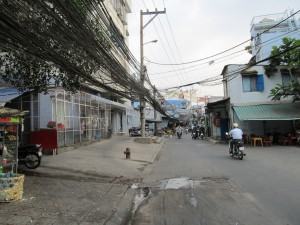Campus officials naturally want to reassure students and parents when safety incidents take place. While this may be a normal impulse, it can pose problems for the reputation of the organization and in some instances during litigation.
For example, it is very common to see school superintendents, headmasters of independent schools, university presidents and others make statements indicating that safety is the number one priority when it can be relatively easy for an attorney to shed doubt on the accuracy of these types of statements.
In one recent example, after a Kent State student who communicated a threat via Twitter was arrested, University President Lester A. Lefton publically stated “Our students, employees, and all those who come to campus should know that their safety is our top priority. Any threat to our campus community is taken seriously and immediately investigated.” If the university were litigated in the wake of some other safety incident, an attorney could ask the president under oath what percentage of the universities’ budget is dedicated to student safety. This type of public statement could open up entire lines of questioning and in some cases can be taken as a contract which could provide an organization to meet a higher standard of safety than is otherwise required by law. This situation could be much worse if, for example, there was an incident after a mistake was made and an allegation was made that a threat was not promptly or properly investigated.
Perhaps a more prudent approach is for campus officials to look at the basic meaning they want to convey and then thoughtfully develop language that sends the same basic message in a more accurate and demonstrable manner. School safety messages should ideally have a high degree of provability when scrutinized.
For example, in this example the following language would be much easier to prove “Our students, employees and all those who come to campus should know that their safety matters to Kent State, threats to our campus community are taken seriously”. In my seminars and when consulting with campus officials, I suggest they imagine being on the stand under oath and being asked to provide evidence to back up these types of statements. Sticking to assertions that could be reasonably supported will provide solid ground should members of the press or an expert witness and attorneys later have cause to carefully scrutinize these types of statements.
The solution to these concerns is usually relatively easy once campus officials understand how these types of statements may be evaluated. By looking at our words through this lens, more accurate, credible and defensible statements can still convey positive messages that provide proper context for discussions relating to campus safety.
